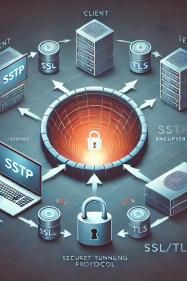Pretexting is a sophisticated social engineering technique used by cybercriminals to manipulate individuals into divulging sensitive information. But what is pretexting exactly, and how does it work? Let’s explore how pretexting operates and what you can do to protect yourself.
What is Pretexting?
Pretexting involves creating a fabricated scenario or "pretext" to deceive someone into revealing confidential information. Unlike phishing, which often relies on mass emails and urgent calls to action, pretexting is much more personalized. Cybercriminals using pretexting typically craft a believable backstory to gain the trust of their target. This could be posing as a bank official, tech support agent, or even a trusted colleague.
Once trust is established, the attacker asks for sensitive details like login credentials, account numbers, or personal data, all under the guise of their fake role.
How Cybercriminals Use Pretexting
Pretexting can occur in various forms, including:
- Phone calls: Attackers may impersonate a company representative asking for account verification details.
- Emails: Personalized messages where the attacker pretends to be someone familiar, such as a manager or coworker, requesting critical information.
- In-person scenarios: Cybercriminals may even show up in person pretending to be from IT, asking for system access.
The success of pretexting depends on the victim believing the fake scenario and acting accordingly.
How to Safeguard Against Pretexting
Protecting yourself from pretexting requires vigilance and awareness. Here are a few strategies:
- Verify identities: Always double-check the identity of someone asking for sensitive information, whether it's by phone, email, or in person.
- Be skeptical of unsolicited requests: If you're asked for private information, question the request, especially if it seems unusual.
- Training and education: Regular cybersecurity awareness training can help employees recognize social engineering attacks like pretexting.
By staying informed and alert, you can prevent falling victim to pretexting schemes and protect sensitive data.

